Forest
All Forest Content
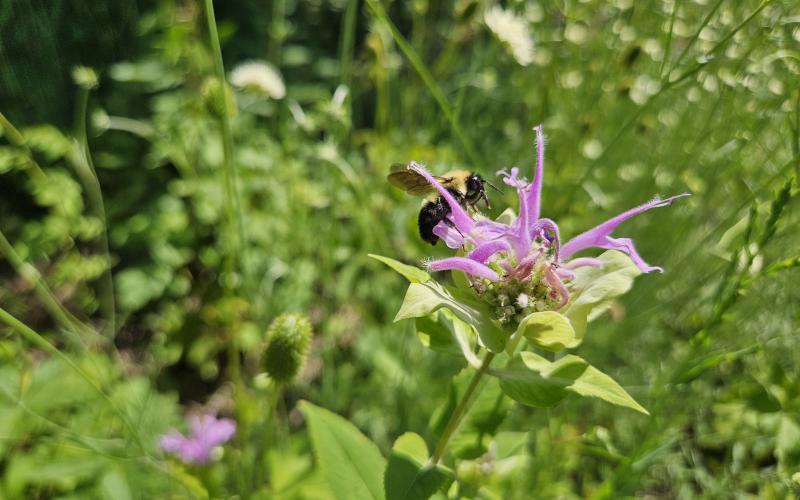
Managing Forests for Pollinators
Fact sheet on the importance of managing Black Hills forests for pollinators.
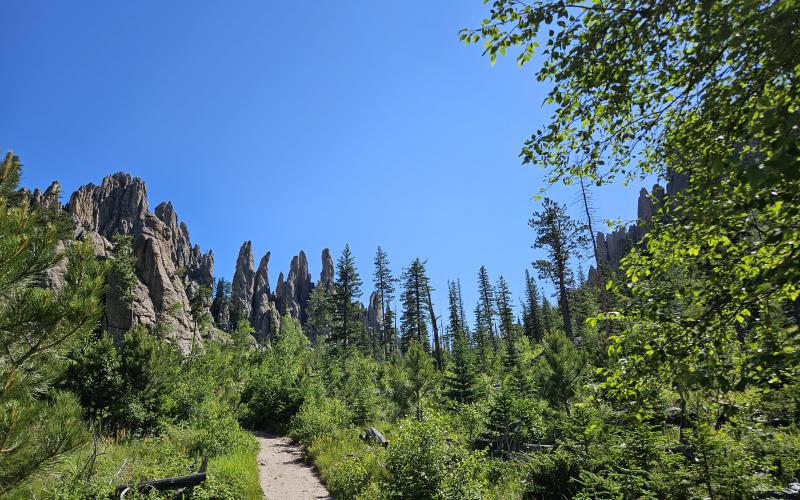
Limber Pines of the Cathedral Spires: A Unique Tree
Fact sheet on the history, status and threats of limber pines.
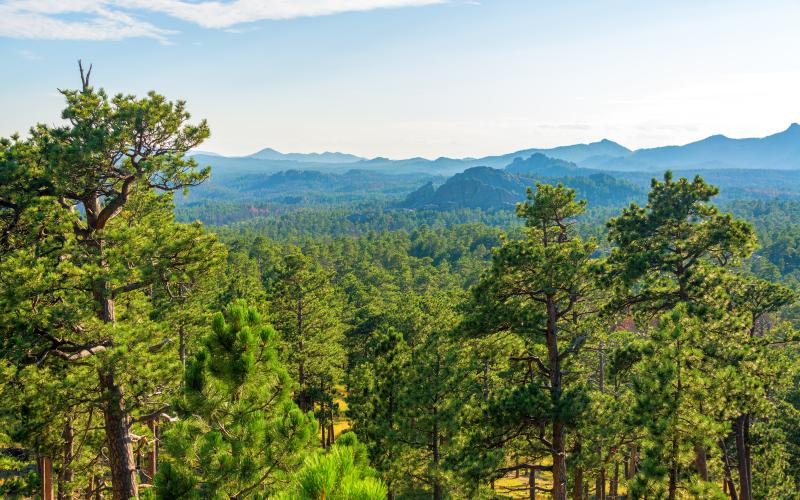
Trees & Shrubs
The United States is the world’s leading producer and consumer of forest products and accounts for about one-fourth of the world’s production and consumption.
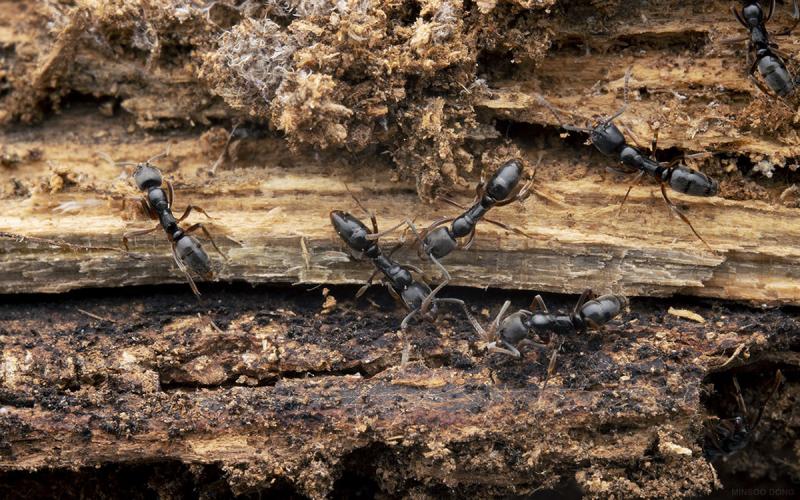
No Documented Sightings of Asian Needle Ants in South Dakota
Despite reports from major news networks citing that Asian needle ants are in South Dakota, we have no evidence that the ant is established or has ever been documented in the state.

Spring is here, and so are the ticks!
As spring continues to bloom, more arthropods will begin to emerge from winter dormancy. Ticks are among the first to appear, and statewide reports have already been flowing in.
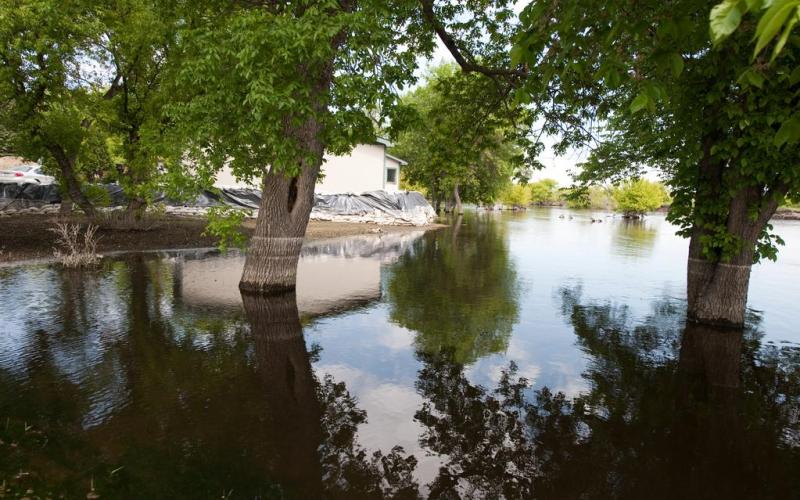
What to Do About Flood-Damaged Trees
Fact sheet on what to do about flood-damaged trees
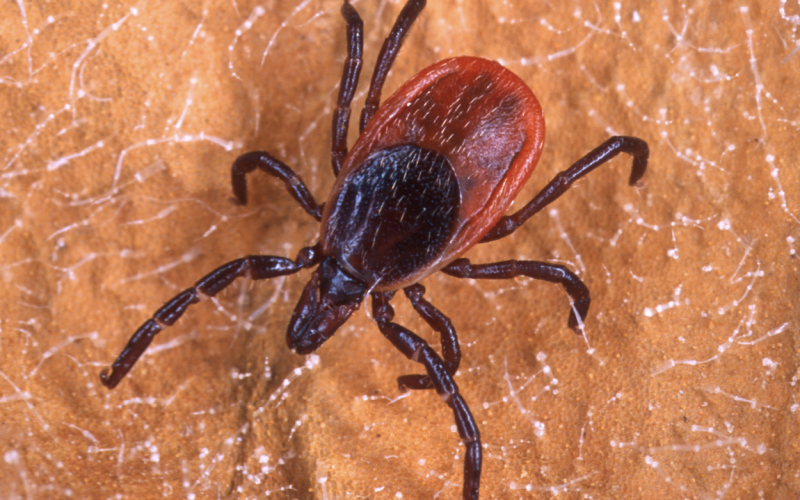
Protecting Yourself From Ticks
During wet springs, tick populations tend to thrive in South Dakota. These parasitic arthropods require blood to fulfill their nutritional needs and commonly use humans as a host. Some ticks can also carry bacterial diseases that are a threat to human health.

An identification guide to common Ticks of South Dakota
A guide to identifying common ticks in South Dakota
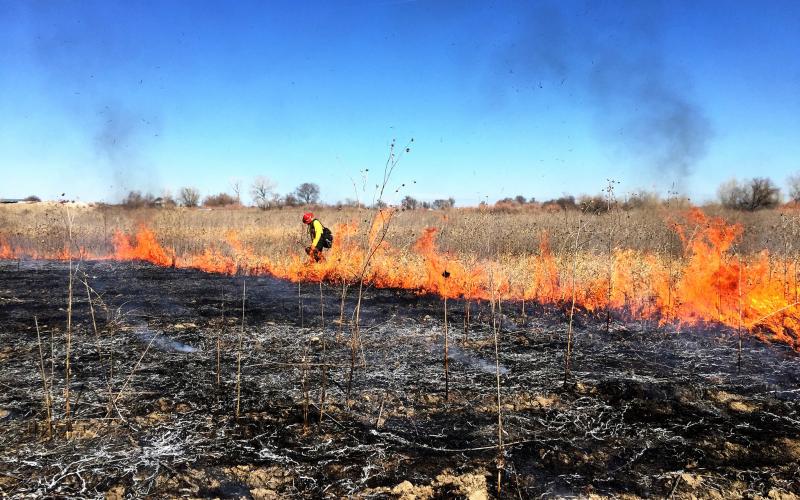
Fall Fire Safety
The moisture and cooler temperatures of fall make it easy to become lax about fire danger, however, conditions can still lead to easy ignition and rapid growth of wildfires.
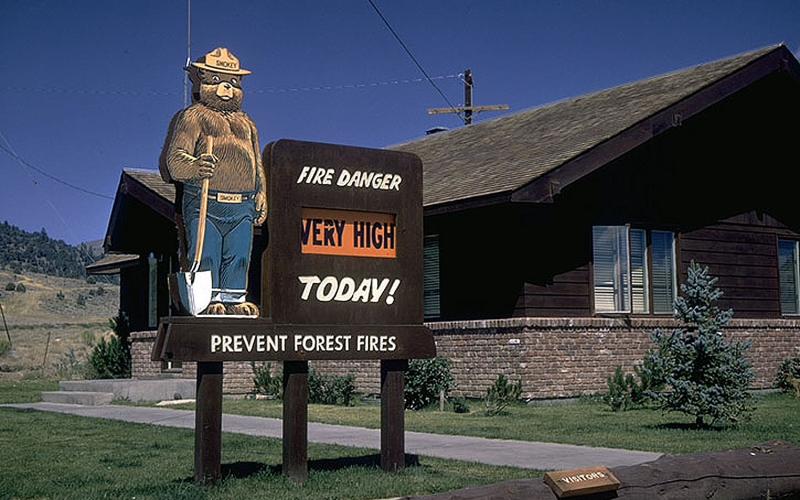
Campfire Safety in Drought Conditions
During fire season, open fires may be prohibited or otherwise restricted by the regulatory agency in charge of the campground or facility that you are visiting.